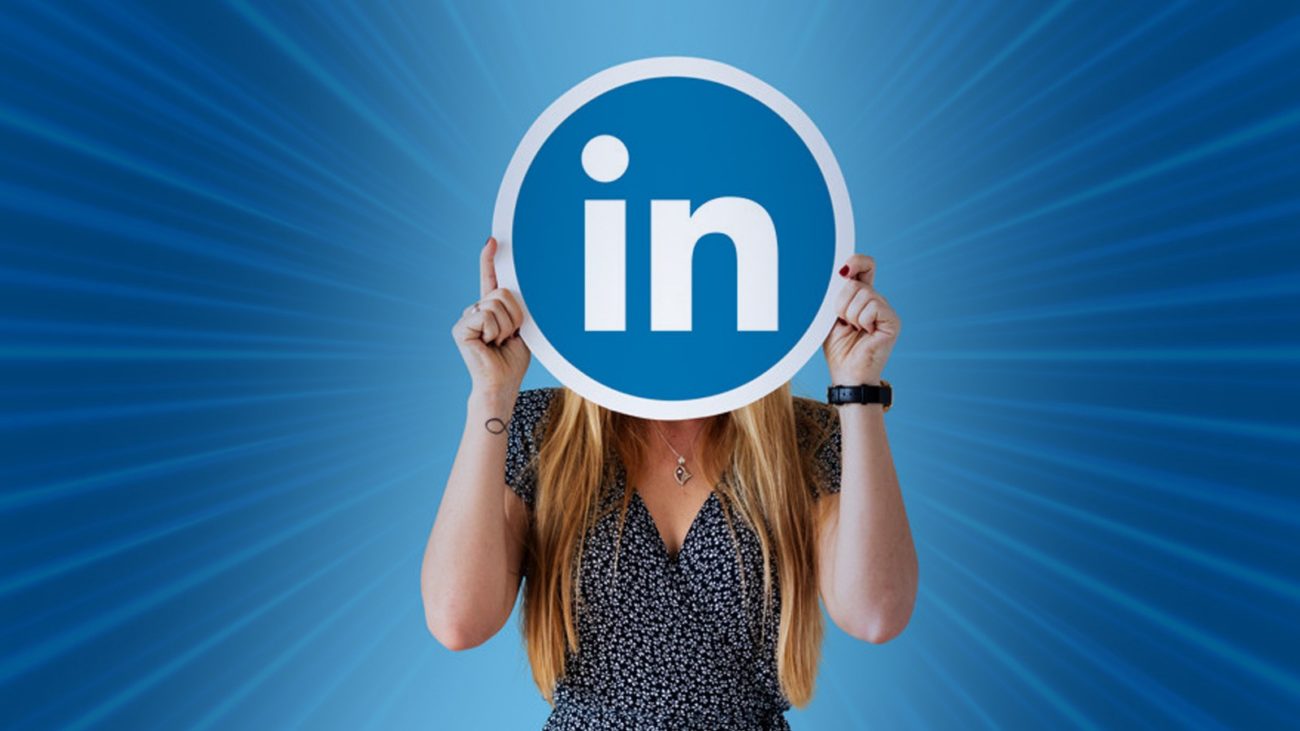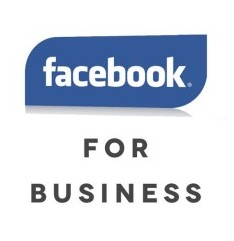Perhaps you agree with me that LinkedIn’s new Stories feature is an odd addition to their platform. Advertisers in particular might have a hard time seeing the value of this new feature, despite the success of a nearly identical format on Instagram. Are the two social platforms just too different for it to transfer successfully? Can a feature like LinkedIn Stories really be useful on a site geared towards professionals?
What are Stories?
If you’ve spent any time on Instagram, this should be familiar: Stories are photos or videos (up to 20 seconds) users post that exist on their pages for only 24 hours. They’re great for little news blasts, limited time promos, or prompting conversation.
LinkedIn has some guidance on what types of content fare best:
“…stories that resonate well, are professional in nature, and make it easy for a response – for example, you could share a unique perspective from your workday, ask a question to your network, share insights on timely breaking news, walk through a product demo or teach others a skill.”
Will LinkedIn Stories Be Useful for Advertisers?
Given the language in LinkedIn’s release, it seems that they’re treating Stories not so much as an opportunity for advertising to new customers but rather as a tool for people and brands to help maintain a rapport and build a relationship with followers.
Of course, Instagram’s Stories are an advertising bonanza: companies can inject targeted ads into the stream of Stories, and they’re often highly effective. (Earlier this year, I bought an overpriced but very beautiful lint roller as a result of an Instagram ad). But the Story is also a format particularly well-suited for mobile: short, quick, portrait-oriented, which makes it a perfect match for a company like Instagram, whose traffic comes mainly from phones.
LinkedIn, on the other hand, has “only” 58% of unique visitors using mobile devices. It will be interesting to see how they place stories on a page and convince computer users to stick around for a slideshow when they’re seated at home or at work, not just waiting in an elevator or sitting in a coffee shop.
If you’ve been keeping up with this feature during its roll-out phase, you might be wondering who on a professional-oriented site will have the time or inclination to watch videos of questionable relevance. Our guess is that this is part of a push by LinkedIn to draw in more repeat traffic from younger users, for whom the Stories system is already familiar and interacting with it is a muscle memory function. Whether they’ll continue this effort beyond the Stories feature remains to be seen.



